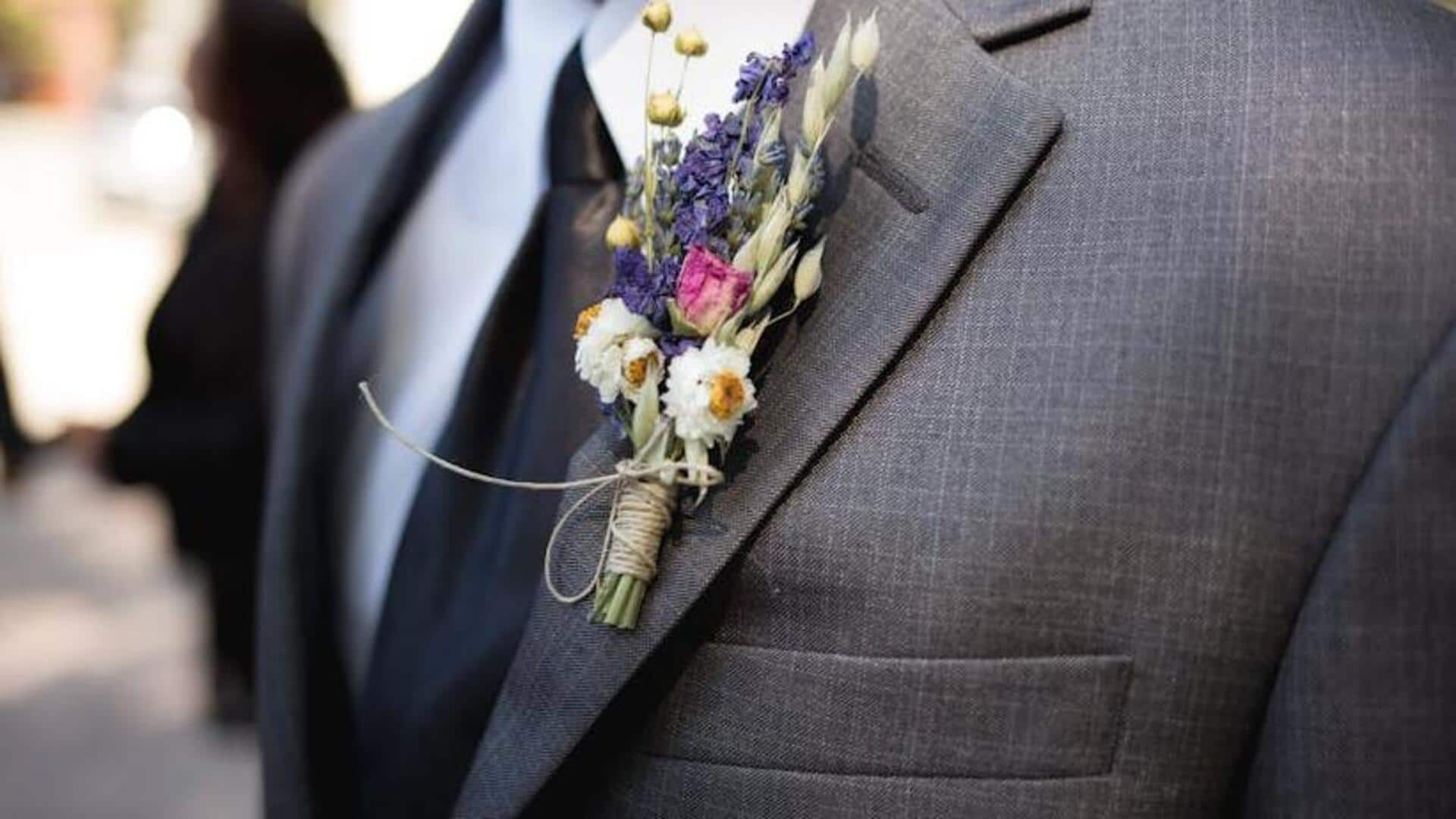
Mastering wedding guest attire etiquette
What's the story
Weddings are a celebration of love, bringing together families and friends from diverse backgrounds. As a guest, dressing appropriately not only shows respect for the occasion but also for the cultural traditions involved. This article navigates through the complexities of wedding guest attire, offering insights into cultural etiquette and style tips to ensure you look your best while honoring the couple's heritage.
Background
Understanding cultural norms
Various cultures celebrate weddings with distinct traditions and dress codes. For example, Indian weddings often encourage guests to wear bright colors, symbolizing happiness and prosperity. Conversely, at many Western ceremonies, guests are advised to avoid wearing white to ensure they do not overshadow the bride. Being aware of these cultural nuances is essential to prevent any fashion missteps and show respect for the occasion.
Key concept
Style with respect
Wearing cultural attire to a wedding can beautifully honor the couple's heritage. It's crucial, though, to approach this with sensitivity. If you're contemplating donning traditional clothing from a culture not your own, it's wise to consult someone from that community or the couple themselves. This ensures your choice is both appropriate and respectful, avoiding any unintentional cultural missteps.
Practical advice 1
Dress code decoded
Wedding invitations often hint at the expected dress code—formal, semi-formal, or casual. Formal typically means suits and ties for men and evening gowns for women; semi-formal might suggest cocktail dresses or dress shirts with slacks. Casual offers more freedom but still demands thoughtfulness, like choosing sundresses or khakis with collared shirts. If unsure about what to wear, asking the hosts is always advisable.
Practical advice 2
Seasonal sensibility
When selecting your outfit, consider the season and venue. For beach weddings, opt for light fabrics and sun protection like hats. Winter events may require layers that can be removed indoors. Choosing season-appropriate attire ensures comfort and complements the event's aesthetic, allowing you to honor the ceremony's traditions and respect its unique cultural and personal elements.